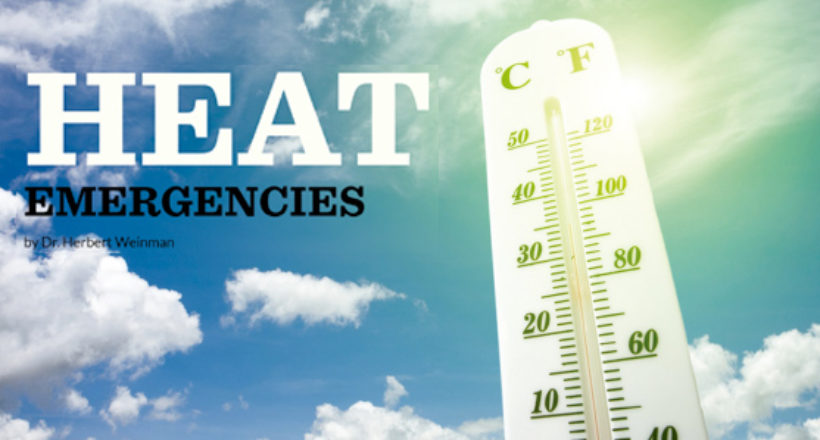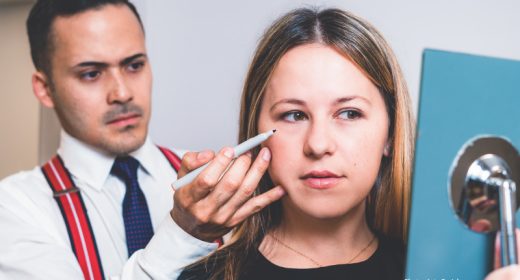
Wellness The Doctor is In – Heat Emergencies
- APR 04, 2017Warning: count(): Parameter must be an array or an object that implements Countable in /home/howlermag/public_html/old/wp-content/themes/new-paper/includes/general.php on line 193

Your Lead Paragrpah goes here
As the mercury rises here in April, it’s an especially good time to review coping with the heat. When the temperature of the surrounding air equals or is greater than that of the body, heat must be lost by moisture or sweat from the body surface.
As air becomes more humid, vaporization from the body surface slows. A hot day with high humidity and no breeze furnishes an ideal situation for heat retention and the following medical emergencies may occur: heat exhaustion, heat cramps, and heatstroke.
Heat exhaustion occurs when active in hot environments. “Near-fainting” is caused by the pooling of blood in the lower extremities. When a person is standing or sitting, blood flow to the heart and brain can be inadequate. Clinically the skin feels cold and clammy, the person looks pale, the pulse is weak, breathing is shallow, and loss of consciousness can occur.
Treatment consists of moving the patient to a cooler place, laying the person flat on the floor and placing cold applications to the skin. Clothing should be removed since exposing the skin will facilitate loss of heat. The patient usually recovers fairly quickly.
Heat cramps are seen in people who engage in activity in a hot environment and sweat a great deal. Cramps result from a loss of salt from the body which causes painful spasms especially in leg and abdominal muscles.
Treatment of the cramps is fluid and salt intake usually in the form of commercial electrolyte solutions such as Gatorade. Gentle massage on the cramped muscles can provide relief.
Heatstroke (or sunstroke) is especially common in elderly individuals exposed to hot surroundings for prolonged periods.
The skin is dry, red, and hot, in contrast to the pale, moist skin of heat exhaustion. The pulse is rapid and the patient may be unconscious and remain so for a long period of time. This condition is very serious.
Patients should be moved to a cool place. Coolness should be applied to the entire body by cold packs, spraying with cool water, or wrapping the patient in constantly moistened sheets. The patient should be placed in competent medical care as soon as possible. This is an emergency!
It’s much easier to prevent heat emergencies than to have to treat them. When working in a hot environment, take frequent rest periods for “cooling off.” It is extremely important to drink plenty of water to keep the body fluid volume at or above normal levels.









